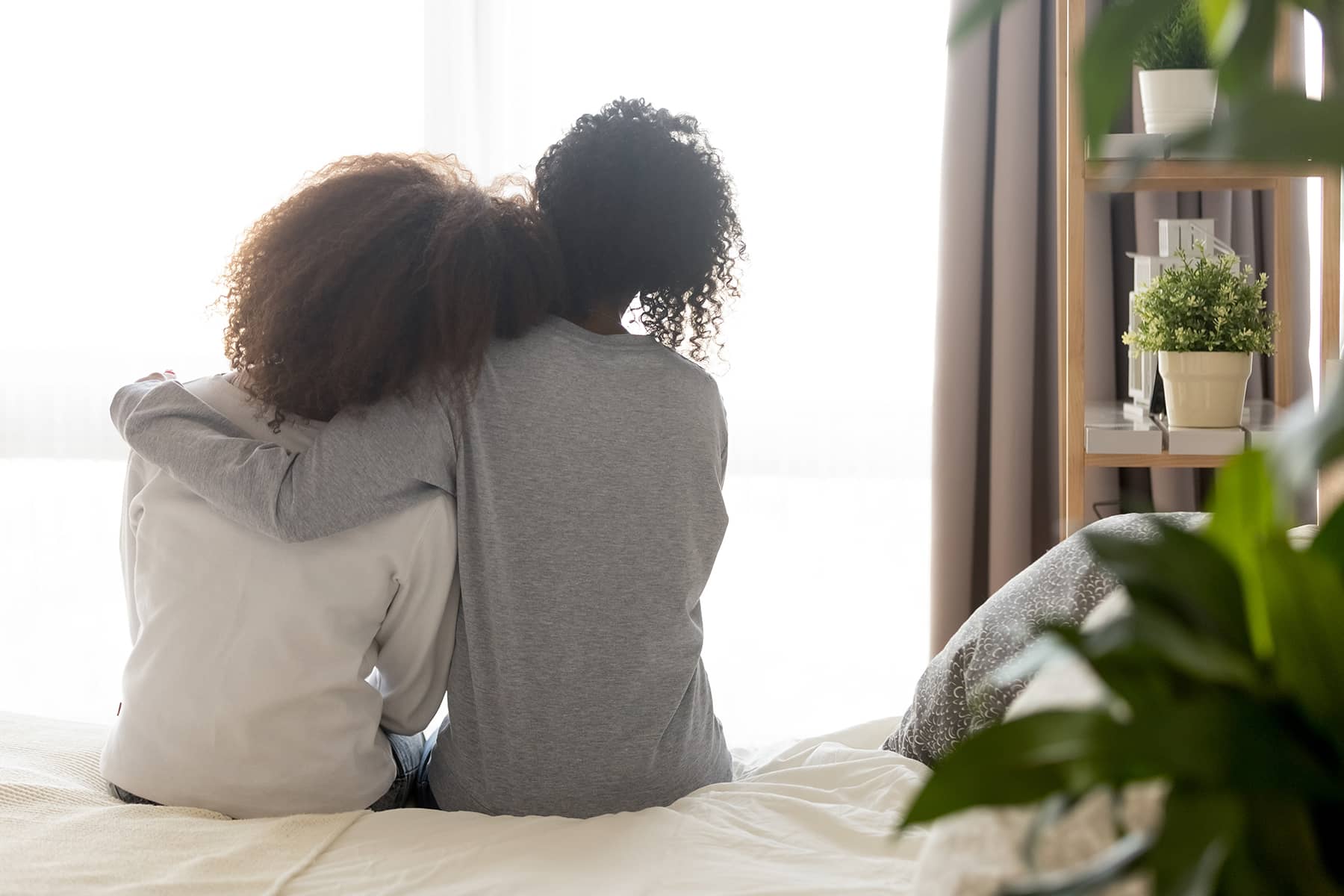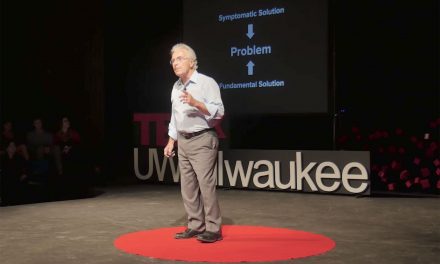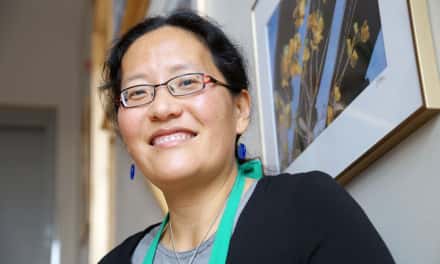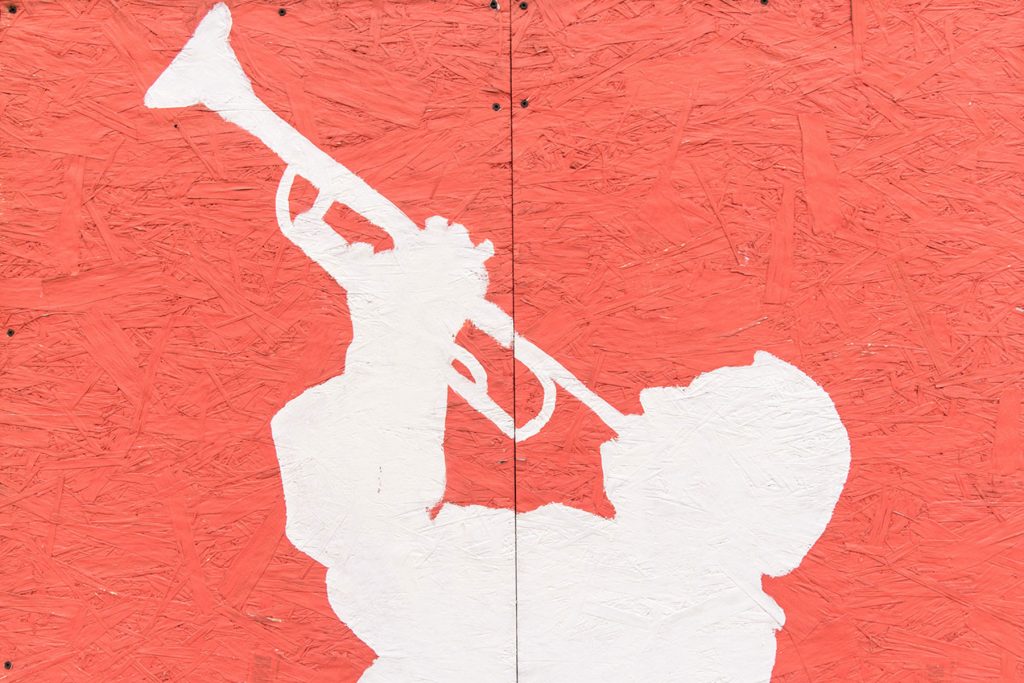
Since the start of the pandemic, deaths by domestic violence in Wisconsin have surged to record levels. According to a new report from End Domestic Abuse Wisconsin, domestic violence claimed 80 lives last year, including victims and perpetrators.
That is up from 72 in 2019 and 68 in 2020. Around half of the victims were people of color, despite the population of Wisconsin being about 87 percent White. The cases occurred across Wisconsin, but 74 percent happened in urban areas, and the homicides were most concentrated in Milwaukee.
While COVID alone did not create this spike in violence, it ratcheted up stress and forced people into isolation, Carmen Pitre believes. She is the president and CEO of Sojourner Family Peace Center, which supports domestic violence survivors in Milwaukee.
“I do not believe that COVID or poverty or any of those things organically create violence or cause it to happen,” Pitre said. “I think they are co-occurring issues that create stress in people’s lives, and when you’ve been in an environment where violence may have been normalized for you, it’s a strategy that you are more than likely to use.”
Pitre believes culture of the United States normalizes violence. And when the pandemic severed people’s connections to their community, she said, it took away their ability to look for support.
“If you grew up seeing violence and saw it as a strategy, you are more likely to repeat it in your life,” she said. “It doesn’t mean that you’re destined to, it just means that as a child, or as an adolescent, you saw this as a way to be in relationships, and it’s a behavior that has to be unpacked, unlearned and dealt with.”
The best way to help people heal, she thinks, is through community-based solutions, in schools and churches.
Those local organizations can also tailor their approach to each culture, which is especially key for people of color, who are disproportionately harmed by domestic violence, said Pa Thao, the executive director of the Black and Brown Womyn Power Coalition, which provides culturally-specific training and assistance to domestic violence intervention and prevention services.
According to the recent report, among 63 victims, 23 were Black, two were Latinx and one was Asian.
Culture is key
Domestic violence shows up differently in every culture, Thao said, so intervention needs to look different in each. In the Hmong community, culture plays a key role in how families talk about domestic violence, she said.
“Our culture is really patriarchal. And it still is, and we’re working to change that. But that…often means that more women from communities like that experience a lot more violence,” Thao said. “If they try to step outside of their traditional role as a housewife or as the expectations set forth for them within that culture, they are often shamed. And that’s where you see a lot of violence happening in the household.”
Helping Hmong clients requires meeting them where they are, she said. That often means helping them gain control over their lives, Thao said. That may include things like helping clients find jobs so they can be financially independent.
By helping those survivors, Thao said, they are also helping the community, which can be directly or indirectly impacted by rising rates of domestic violence and homicide.
Though the majority of domestic violence homicides in 2021 took place in a private space, 9 percent were in public areas, like malls and parking lots. And not all victims were directly involved in the conflict. Those killed include children, neighbors and bystanders.
“So this is just not a personal issue. It’s a community issue, it’s a health issue that we really need to work together as a community on,” Thao said.
Traditional models do not serve everyone, so creating a welcoming, community-focused environment, where survivors feel represented, builds trust, said Antonia Drew-Norton, director of the Asha Project that serves African American survivors of domestic violence in Milwaukee.
Domestic violence is especially harmful in communities of color, Drew-Norton said. Black women are twice as likely to be fatally shot by an intimate partner compared to White women.
“Couple that with the COVID-19 pandemic and the exacerbating factors with mental health, substance abuse and economic challenges and food insecurities,” Drew-Norton said. “So what we are seeing is also an increase in new domestic violence cases, where a history of domestic violence was not present in that relationship.”
But many people in the African American community do not want to use traditional services like law enforcement and bureaucratic systems, Drew-Norton said.
“So that keeps them locked within their community,” Drew-Norton said. “And those in the community need to be able to have accurate information to better help that survivor access services.”
Creating community-based and culturally-sensitive organizations can give survivors access to help that they trust, she said.
Confronting the perpetrators
Drew-Norton believes addressing the violence starts with the perpetrators, who are typically male. Last year, 84.5 percent of perpetrators of domestic violence homicides were men.
Preventing that harm does not mean just intervening with men who are actively abusive, she said, but also preventing abuse and violence before it happens. And those best suited to do that are men themselves, Drew-Norton thinks.
“We don’t use women to address the issue of men’s violence against women,” she said. “We use men to hold men accountable for that violence, but also teaching men tools and skills.”
Drew-Norton believes that requires normalizing Black men seeking help so that they don’t end up harming someone or entering the judicial system.
Working on solutions within the community is important, but policymakers also have tools to curb deaths by domestic violence, according to Monique Minkens, the executive director of End Domestic Abuse Wisconsin.
Sixty-seven percent of domestic violence homicides last year involved a gun, she said, and in at least a third of those cases, the perpetrator was not legally allowed to have that firearm.
“We need some common sense firearm laws,” Minkens said. “We need to look at universal background checks. That’s going to be really important. We need to consider whether a person who has the potential to cause harm, if that person should have access to a gun.”
Lawmakers also have the power to invest in community-based programs that help those most in need, Minkens believes.
Governor Tony Evers recently announced the state will invest $2.7 million in domestic violence programs, with $1 million earmarked for the Sojourner Family Peace Center.
Providing funding to those community-oriented services, Minkens said, goes a long way towards reaching the most marginalized survivors.
For anyone seeking help, you can call the National Domestic Violence Hotline at 800-799-7233. To find a list of local services throughout Wisconsin, you can go to endabusewi.org/get-help.
Leah Treidler
Fіzkеs
Originally published on Wisconsin Public Radio as As domestic violence homicides rise, women of color are disproportionately harmed














